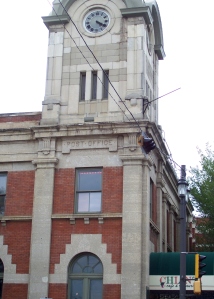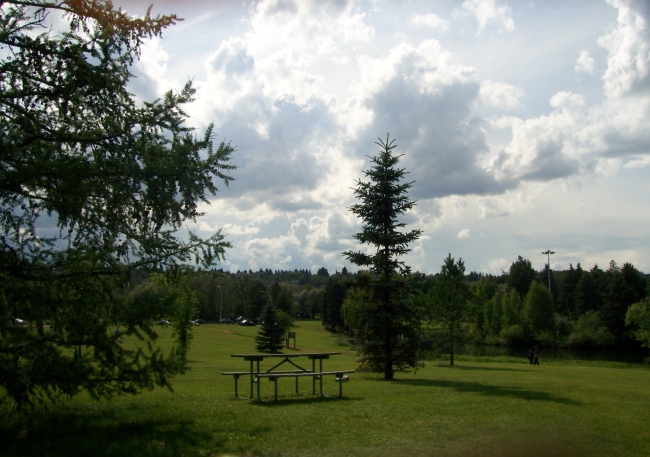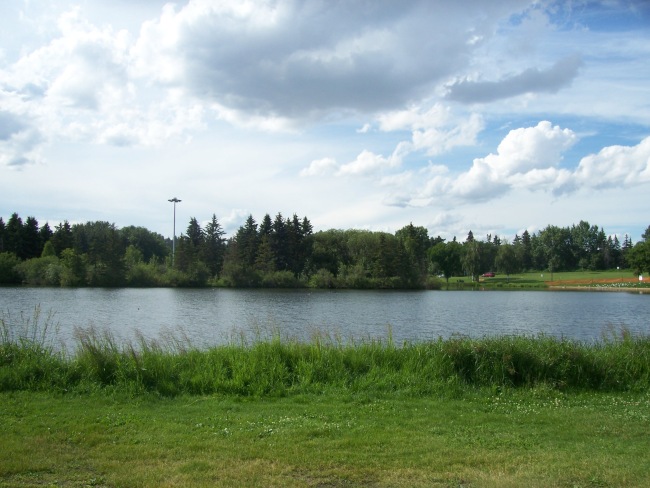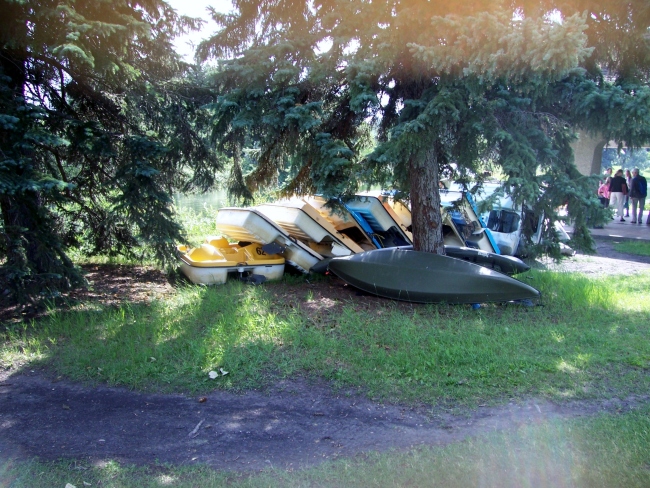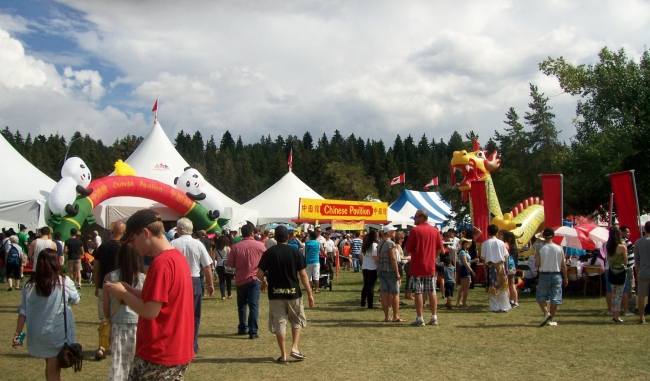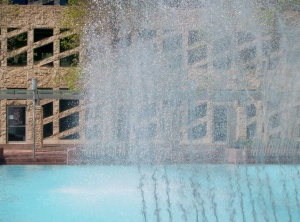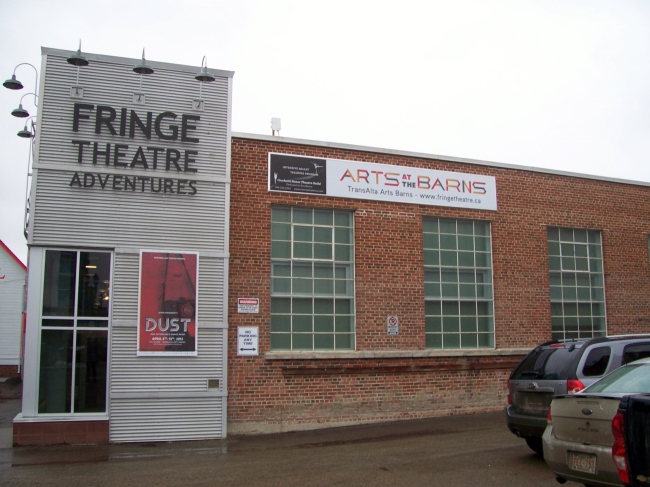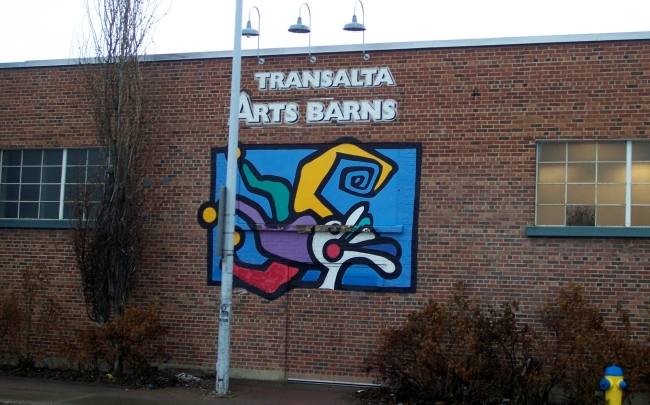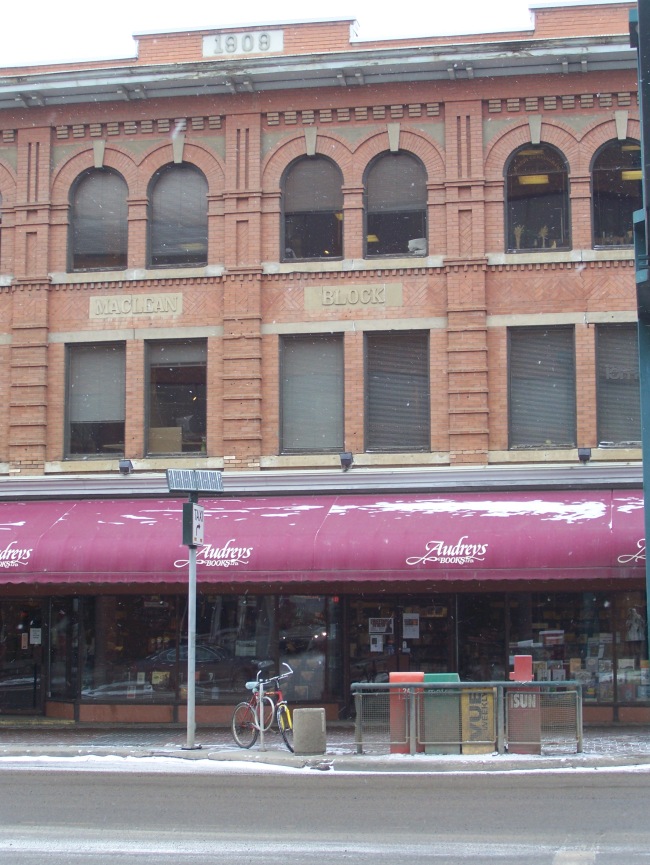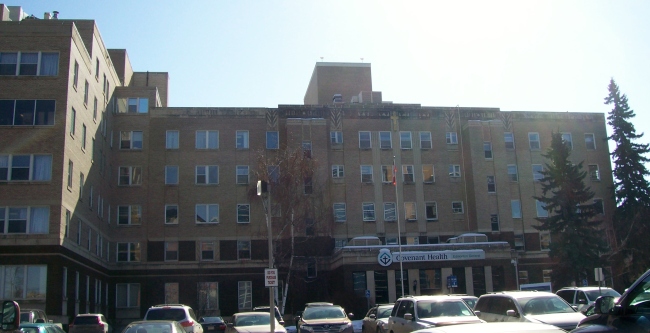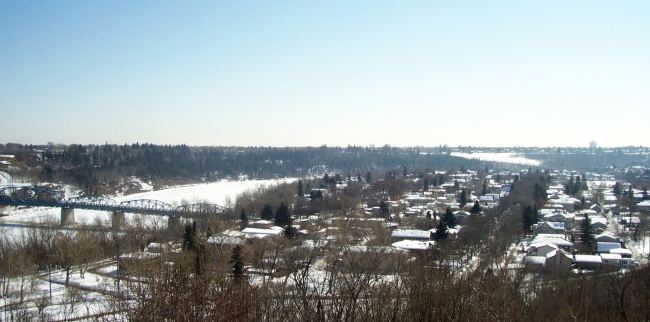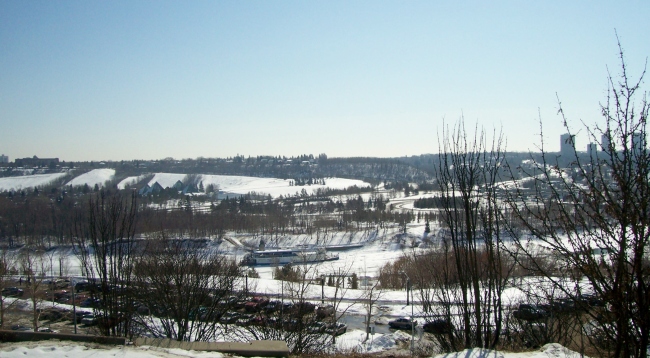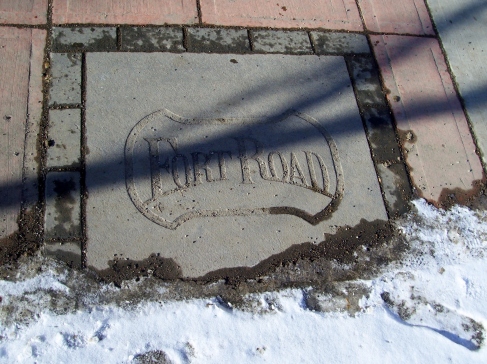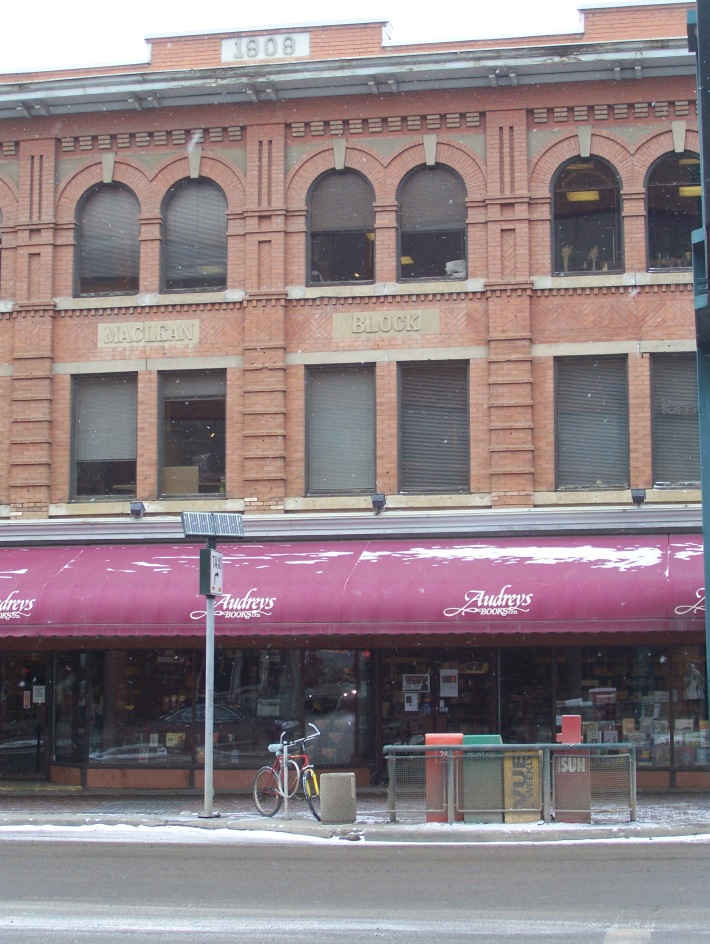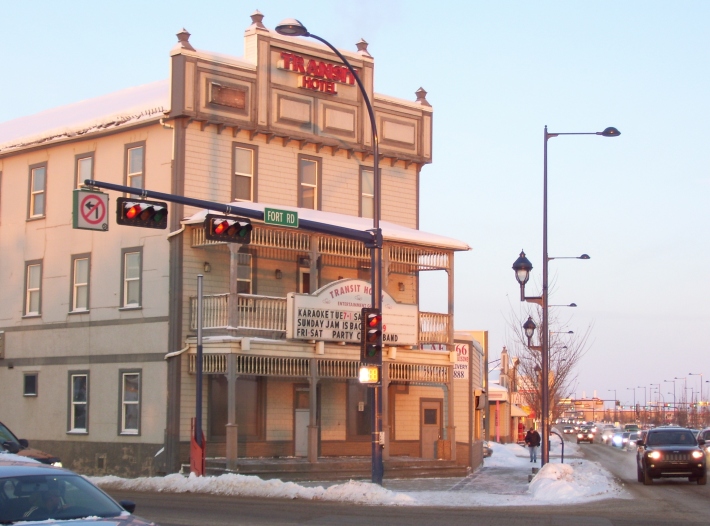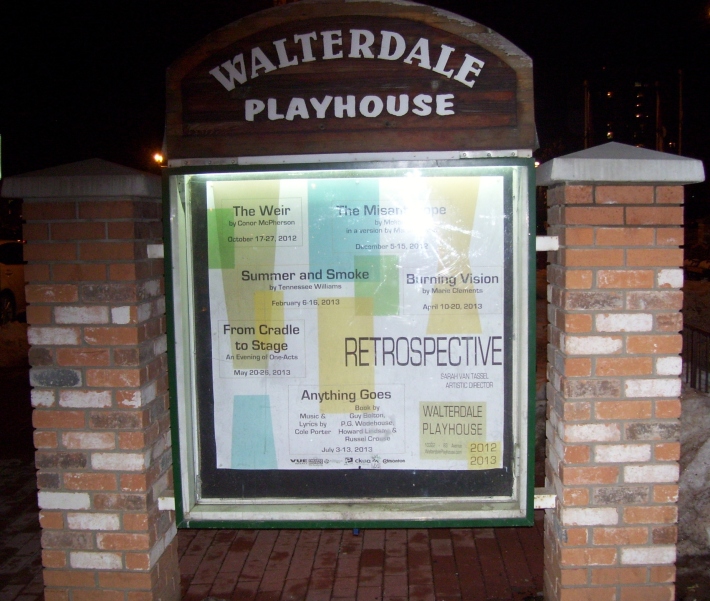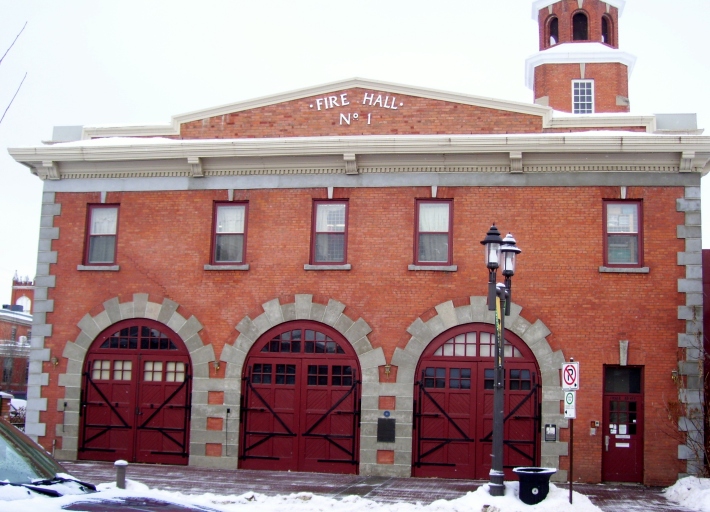For contemporary Edmontonians, Whyte Avenue most likely calls to mind bars, restaurants, and boutique shops, venues which populate much of the avenue. And yet, Edmonton’s artsiest avenue is named for a man who spent his life working on the railroad.
I sometimes enjoy taking a walk down Whyte Avenue, and in doing so have observed a mix of chain stores and local businesses. 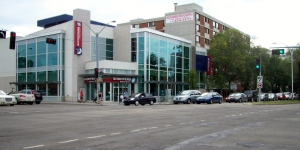 For example, a Shoppers Drug Mart is located on the corner of Whyte Ave and 109 Street but a family owned café, Block 1912, does business on 103 Street. On their website, the owners of Block 1912 reveal that their unique business takes its name from the history of the building it occupies: the Hulbert Block Building, now home to Block 1912, was constructed in 1912.
For example, a Shoppers Drug Mart is located on the corner of Whyte Ave and 109 Street but a family owned café, Block 1912, does business on 103 Street. On their website, the owners of Block 1912 reveal that their unique business takes its name from the history of the building it occupies: the Hulbert Block Building, now home to Block 1912, was constructed in 1912.
Book shoppers encounter a varied selection as well: a large Chapters dominates the corner of Whyte Ave and 105 Street, but the second hand Wee Book Inn resides a couple blocks further east near 103 Street, and the Bookseller – located on Whyte Ave and 95th Street –specializes in used rare and out-of-print books.
Whyte Ave also hosts a couple of Edmonton’s festivals. Much of the entertainment that makes up the Edmonton International Fringe Theatre festival takes place on or near Whyte Ave. In the winter, the Ice on Whyte festival, featuring ice sculptures crafted by artists, occurs just off Whyte Ave at Gateway Boulevard and Tommy Banks Way.
Whyte Avenue runs through an older part of Edmonton, namely the Old Strathcona district. By virtue of this location, Whyte Ave is home to some historic buildings, such as the previously mentioned Hulbert Block building now used by Block 1912. Observant visitors to Chianti Café and Restaurant may have figured out the original use of the historic building the restaurant occupies.
According to the website HistoricPlaces.ca, the building’s construction took place from 1911 to 1913. Once built, it functioned as a post office and public building, making it an important part of the life of the community.
But why is Whyte Avenue, a place filled with new and older buildings that hold all kinds of shopping, eating, and entertainment opportunities, named after a prominent CPR man? The answer that the book Naming Edmonton from Ada to Zoie provides is that the CPR’s Calgary to Edmonton railway ended in the Strathcona district, and the CPR named Strathcona’s roads. It seems they chose to name one particular road in Strathcona, 82 Ave, after one of their loyal employees. Sir William Whyte enjoyed a long career with the CPR; he lived from 1843-1914 and worked several ground level railway positions before rising through the ranks, eventually becoming vice-president of the CPR’s western division, which is located in Winnipeg. People have been calling the street Whyte Ave since 1891 but the name was not official until 1961.
In addition to its offerings of history, food, and shopping, Whyte Ave has a connection to the railroad. It’s a great destination for those seeking a good time. The variety of buildings, businesses, and activities that occur there are sure to provide something interesting to almost anyone.




